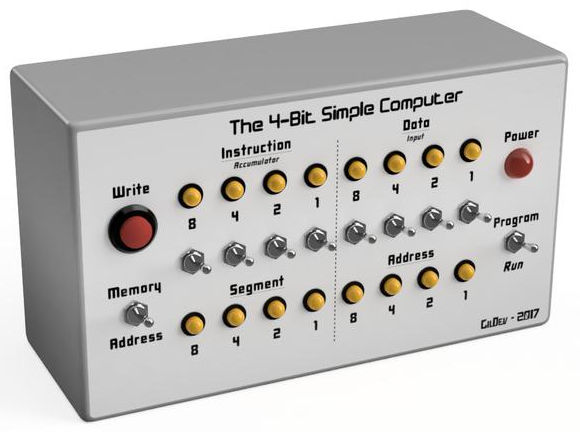


The CAM setup defines the stock that the part will be cut from, as well as where the origin of the program will be located. Before toolpaths can be added to the design, a CAM setup needs to be created. As in the thread command, you can also specify that Fusion 360 models up the thread instead of it being cosmetic.Not only is Fusion 360 a great 3D design tool, it also has amazing built in fabrication tools like CAM. This is all in line for when you create a thread using the thread command in Fusion 360. For example, if you specify that you want a tapped hole you will notice that you get options to specify thread type as well as size and designation. Drill Point – The user can set if the hole has a flat bottom or an angled tip at the bottom.īelow the Shape Settings is a graph that shows inputs for the different choices you make with the hole.Hole Tape Type – The user can specify if the hole being created is a simple, clearance, tapped or taper tapped hole type.

Hole – The user can specify whether the hole is drilled, counterbore or countersink.The user can specify whether the terminates at a distance set by him/her or does it terminate at a plane that you specify or does it cut through the entire body. Extents – this is the manner in which the hole terminates.In the shape settings we have the following: You can either place a hole on a surface and then select either a cylindrical reference/2 edges or you can select sketch points to place your hole(s) on. Once the dialog box has opened it will prompt for the placement of the hole. You will locate the command by selecting the drop-down arrow on the modify panel. Autodesk has made it all very similar yet not too similar (there might be a few commands that you still need to hunt for). Transitioning from Inventor to Fusion 360 is a very easy affair.


 0 kommentar(er)
0 kommentar(er)
